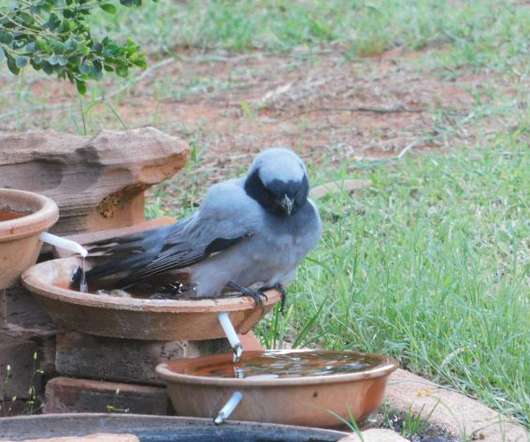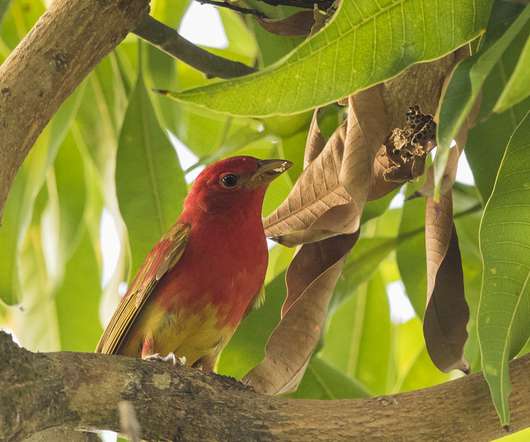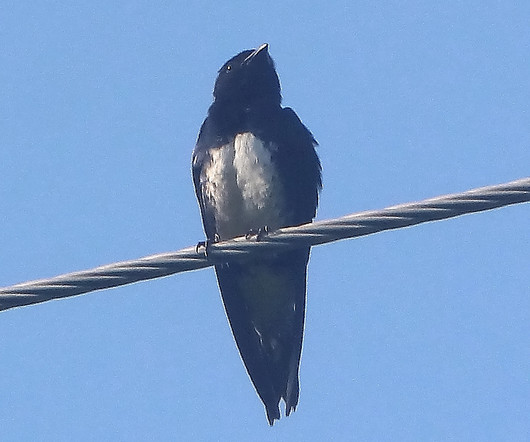Winter Finch Forecast for 2012-2013
10,000 Birds
SEPTEMBER 19, 2012
Ron Pittaway has published his winter finch forecast for the winter of 2012-2013. WINTER FINCH FORECAST 2012-2013 The theme this winter is that each finch species will use a different strategy to deal with the widespread tree seed crop failure in the Northeast. The Ontario breeding population of this grosbeak is stable.









































Let's personalize your content